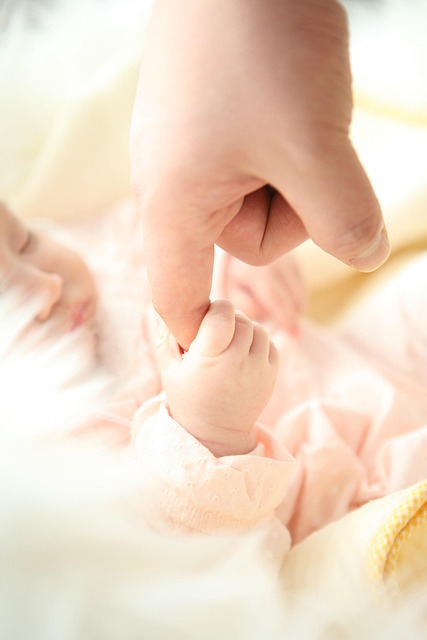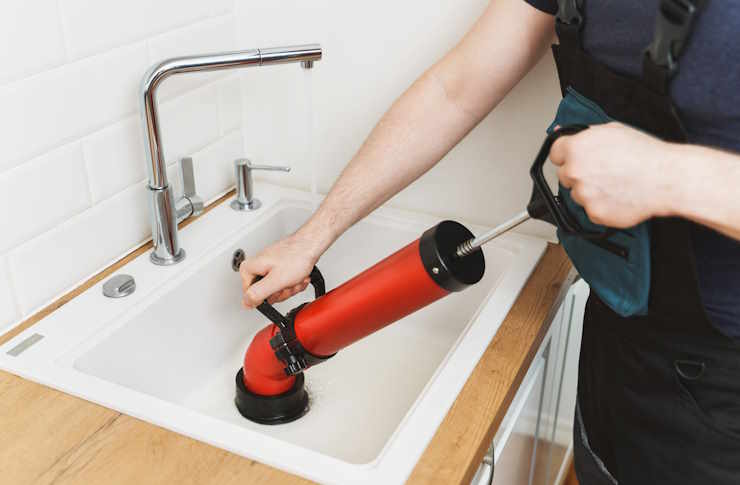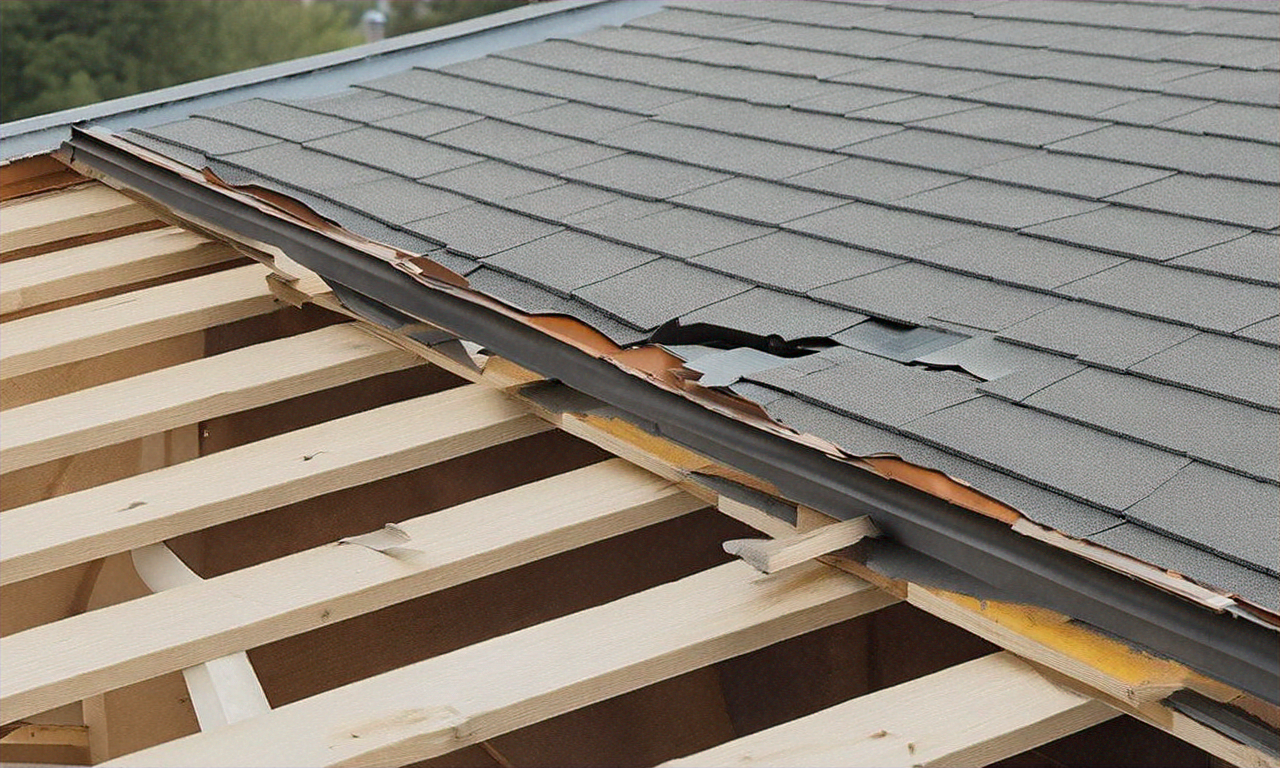Read more about how to choose a safe and practical baby carriage
Choosing a baby carriage is an important decision for new parents. A well-selected carriage provides a comfortable and secure means of transporting your little one while offering convenience for caregivers. This article explores key factors to consider when selecting a safe and practical baby carriage, helping you make an informed choice for your family's needs.

What safety features should you look for in a baby carriage?
When selecting a safe baby carriage, several key features deserve attention. First, ensure the carriage has a sturdy frame that can support your child’s weight and withstand regular use. Look for a five-point harness system, which secures your baby at the shoulders, waist, and between the legs, providing maximum safety during rides. The carriage should also have a reliable braking system, preferably with locks on both rear wheels to prevent accidental rolling.
Another crucial safety aspect is the carriage’s stability. Choose a model with a wide base to reduce the risk of tipping. Additionally, check for the presence of a safety tether – a wrist strap that connects you to the carriage, preventing it from rolling away accidentally. Lastly, ensure the carriage meets current safety standards and has not been subject to any recalls[1].
How can you assess the practicality of a baby carriage?
A practical baby carriage should adapt to your lifestyle and daily needs. Consider the carriage’s weight and folding mechanism – it should be light enough for you to lift and compact enough to store in your vehicle or home. Many modern carriages offer one-handed folding systems, which can be particularly useful when you’re juggling a baby and other items.
Storage space is another practical consideration. Look for carriages with ample under-seat storage baskets for diaper bags, groceries, or other essentials. Some models also feature additional pockets or compartments for smaller items like keys or phones. Adjustable handlebars can enhance comfort for caregivers of different heights, while swivel front wheels improve maneuverability in tight spaces or crowded areas[2].
What are the different types of baby carriages available?
Baby carriages come in various styles to suit different needs and preferences. Traditional prams feature a bassinet-style bed and are ideal for newborns, offering a flat, supportive surface for sleeping. Strollers, on the other hand, have a more upright seating position and are suitable for older babies and toddlers who can sit unassisted.
Travel systems combine a car seat with a stroller frame, allowing for seamless transitions between car and foot travel. Jogging strollers feature larger, air-filled tires and enhanced suspension systems, making them suitable for active parents who want to run or navigate rough terrain. For families with multiple young children, double or tandem strollers provide seating for two, either side-by-side or one behind the other[3].
How does the age and size of your baby affect carriage choice?
The age and size of your baby play a crucial role in selecting an appropriate carriage. Newborns and young infants require a carriage that offers full recline or a bassinet attachment, as they need to lie flat to support proper spine and neck development. As your baby grows and gains head control, typically around 3-6 months, you can transition to a more upright seating position.
Consider the weight limit of the carriage to ensure it will accommodate your child as they grow. Many carriages are designed to be used from birth up to around 3-4 years old, but weight capacities can vary. It’s also worth looking for carriages with adjustable features, such as reclining seats or extendable canopies, which can adapt to your child’s changing needs over time[4].
What materials and design elements contribute to carriage comfort?
The comfort of your baby carriage depends largely on its materials and design. Look for carriages with well-padded seats and harnesses to ensure your baby’s comfort during rides. Breathable fabrics can help regulate temperature, keeping your little one cool in warm weather and cozy when it’s cooler.
A large, adjustable canopy is essential for protecting your baby from sun, wind, and light rain. Some carriages offer additional features like peek-a-boo windows in the canopy, allowing you to check on your baby without disturbing them. Suspension systems can also contribute to a smoother ride, particularly important when navigating uneven surfaces or curbs[5].
How do you balance safety, practicality, and budget when choosing a baby carriage?
Balancing safety, practicality, and budget requires careful consideration of your priorities and lifestyle needs. While it’s tempting to focus solely on price, remember that a carriage is an investment in your child’s safety and your convenience. However, a higher price doesn’t always guarantee better quality or suitability for your needs.
| Carriage Type | Safety Features | Practical Features | Average Price Range |
|---|---|---|---|
| Traditional Pram | Sturdy frame, flat sleeping surface | Large wheels, spacious storage | $300 - $1000 |
| Travel System | Integrated car seat, 5-point harness | Versatile, easy car-to-stroller transition | $200 - $700 |
| Jogging Stroller | Enhanced suspension, hand brake | Air-filled tires, wrist tether | $150 - $500 |
| Lightweight Stroller | Basic safety harness, compact fold | Easy to transport, ideal for travel | $50 - $300 |
Prices, rates, or cost estimates mentioned in this article are based on the latest available information but may change over time. Independent research is advised before making financial decisions.
When evaluating options, prioritize essential safety features such as a secure harness system and reliable brakes. Then, consider practical aspects that align with your daily routine, such as ease of folding or storage capacity. Research customer reviews and expert recommendations to get a sense of real-world performance and durability. Many retailers offer floor models you can test, which can be invaluable in assessing comfort and ease of use firsthand.
Remember that while budget is important, investing in a high-quality, safe, and practical baby carriage can provide peace of mind and convenience throughout your child’s early years. By carefully weighing these factors, you can find a baby carriage that meets your family’s needs without compromising on safety or breaking the bank.




